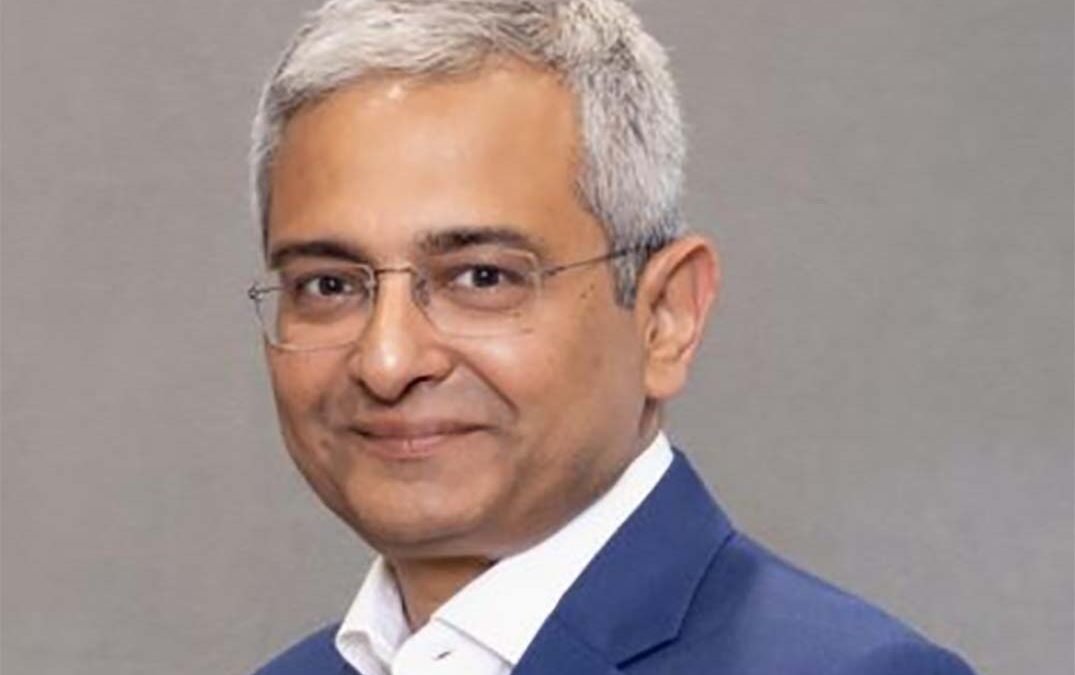The Global South is at a critical juncture in its energy transition, grappling with challenges that demand immediate action. Despite being home to two-thirds of the world’s population, these regions only account for a mere 18% of global power generation capacity.
By Manish Pant, executive vice-president: international operations at Schneider Electric
Alarmingly, over 650-million people are in energy poverty, predominantly in emerging markets and developing economies. This disparity is particularly pronounced in sub-Saharan Africa, where per capita energy consumption ranges between 20 and 30 gigajoules, mirroring that of France and Germany in the 1860s.
This situation calls for a concerted effort to expand access to reliable, affordable, and clean electricity everywhere. Achieving a net zero future requires an estimated annual investment of $1,7-trillion in clean energy in the Global South.
However, only 15% of clean energy investments currently flow to these regions; to realize a sustainable Africa scenario, over $120 billion is needed annually in the electricity sector, with 50% of that earmarked for renewable generation alone.
To achieve these targets, the World Economic Forum’s Network to Mobilize Clean Energy Investment in emerging markets and developing economies has developed a playbook of over 100 financing mechanisms and de-risking tools that have successfully helped narrow the clean energy financing gap in emerging and developing economies.
The emergence of distributed resourcing models
The energy landscape in the Global South is transforming as nations confront growing energy demands alongside climate change. A clear shift from traditional large power projects to decentralized renewable energy systems, including solar panels, wind turbines and mini-grids, is emerging.
These smaller-scale systems typically demand lower initial investments and can be developed more swiftly.
Innovative models are now stepping into the spotlight. Pay-as-you-go models allow consumers to pay for energy services incrementally rather than making a single upfront payment. These models typically leverage mobile payment systems, which enable consumers to create a series of modest payments to purchase units of electricity based on their usage.
A notable example is the pay-as-you-go solar systems that can deliver affordable solar energy to millions of off-grid households through manageable instalment payments.
Other flexible energy service agreement options, such as solar rooftop leasing, make renewable energy more accessible.
Other energy service agreements, such as the pay-as-you-save model, substantially benefit businesses and the environment. These contracts eliminate the upfront cost barriers associated with investing in energy-efficiency improvements (e.g. thermal insulation, electric mobility) or renewable energy projects.
In this model, a utility company covers the initial costs of the equipment and recoups its investment over time through a fixed charge on the customer’s utility bill. This arrangement reduces financial risk while improving cash flow, promoting the adoption of energy-efficient technologies and renewable energy solutions, leading to substantial reductions in greenhouse gas emissions.
The International Water Management Institute (IWMI) exemplifies this model. It has piloted pay-as-you-save models for solar-powered irrigation systems in India. In this model, external investors fund the installation of solar pumps and farmers repay the cost over time with savings in diesel fuel.
It is worth noting, however, that these models typically involve less creditworthy entities, which underscores the need for credit enhancements and diversified revenue streams to manage financial risks effectively.
The increased role of impact investing
Impact investing plays a crucial role in advancing new technologies and business models necessary for the energy transition. Capital channelled into projects that deliver financial returns and positive environmental impacts helps close the funding gap for clean energy solutions, particularly in the Global South.
Individuals interested in impact investing can also participate through crowdsourcing platforms. Ecoligo exemplifies this model, using a crowd-investing platform to fund renewable energy projects in emerging markets. For instance, Ecoligo successfully funded a 66-kilowatt peak solar installation for a flower farm in Kenya, financed by 54 investors in just six days.
This model democratizes investment in renewable energy and helps bridge the funding gap for solar projects in regions where traditional financing remains elusive.
Climate-linked models
Carbon financing has emerged as a mechanism for assigning a monetary value to carbon emissions. This allows companies to buy carbon credits from projects that reduce greenhouse gases.
This approach provides essential funding for sustainable energy projects in emerging and developing markets, making them financially viable and attractive to investors.
By leveraging international carbon markets and climate funds, governments can implement sustainable energy plans and nurture private-public partnerships, driving economic growth and meeting climate targets.
This is exemplified by the Gigawatt Global Solar Field in Rwanda. This 8.5 megawatt solar power plant leveraged carbon financing by selling carbon credits, which helped offset initial investment costs and enhancing its appeal to investors.
Debt swaps are another finance mechanism increasingly being linked to climate considerations. These swaps refer to financial arrangements where a sovereign state or entity replaces a portion of its debt with a commitment to perform specific environmental actions, typically related to climate change mitigation or adaptation.
This concept is gaining traction, with several Global South countries executing such swaps to achieve debt relief and create fiscal space for climate action. In June 2023, the Egyptian government signed a €54-million debt swap with Germany.
The deal allowed Egypt to focus these financial resources on upgrading its electricity transmission network to better integrate renewable energies. It entailed the construction of two substations and the connection of two 500 megawatt wind farms, Amunet and Red Sea Wind Farm, to the national grid.
As we reflect on these innovative financing mechanisms, let us recognize the potential they hold for fostering sustainable development and addressing climate change, paving the way for a more resilient and equitable future for all.

